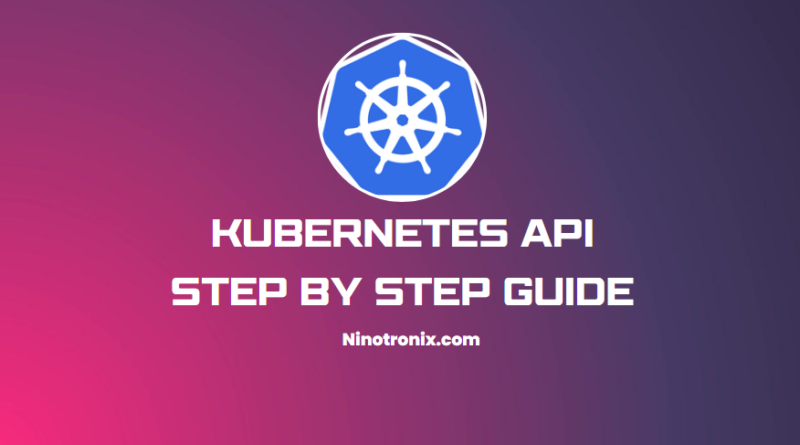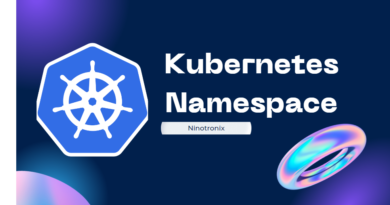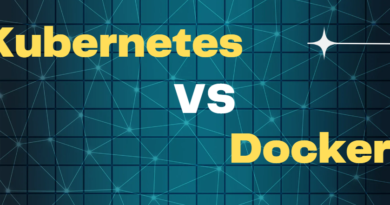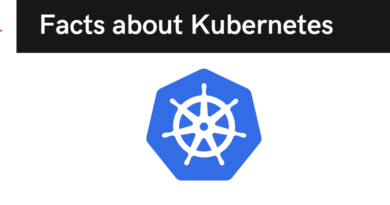Understanding the Kubernetes API: A Beginner’s Guide
At the heart of Kubernetes lies its API, which provides a unified interface for interacting with the Kubernetes control plane and its resources. The Kubernetes API allows you to create, modify, and delete Kubernetes objects such as pods, services, and deployments programmatically, as well as query their current state and status.
In this blog, we will explore the Kubernetes API and discuss the importance of the Kubernetes API in modern containerized application development and management.
What is Kubernetes API?
Kubernetes API is a key of the Kubernetes architecture that acts as the communication hub for all other components. It is a Restful API that allows users to connect with the Kubernetes cluster and its resources using various tools and programming languages. The API provides a standardized way to create, modify, and delete Kubernetes objects and resources such as pods, deployments, services, and volumes.
The Kubernetes API, in essence, serves as the primary interface via which users and applications interact with a Kubernetes cluster. It gives a single view of the cluster and its resources, allowing users to monitor and manage their cluster-running applications and services. Users can use the Kubernetes API to automate routine activities, interface with external systems, and create custom tools and apps that integrate with Kubernetes.
Kubernetes API Objects
Kubernetes API objects are the backbone of Kubernetes applications. They specify the desired state of a Kubernetes resource and are used to create, modify, and delete resources in the Kubernetes cluster. Each object represents a Kubernetes resource that can be handled using the Kubernetes API.
Kubernetes offers a wide set of API objects, each designed to enable specific use cases. These are some examples of API objects that are often used:
- Pods: In Kubernetes, pods are the smallest deployable units. They represent a single application instance and can include one or more containers.
- Deployments: Deployments are used to manage the deployment of apps in a Kubernetes cluster. They enable declarative updates for pods and replica sets.
- Services: Services are used to provide a stable IP address and DNS name to a set of pods. They provide communication between different components of an application.
- Replica Sets: Replica Sets are used to ensure that a certain number of pods are always running. They are used to ensure that applications are always accessible.
- ConfigMaps: ConfigMaps are used to store configuration data that containers operating in a pod can access. They are used to separate configuration data from container images.
- Secrets: Secrets are used to store sensitive data that should not be kept in a container image, such as passwords and authentication tokens.
- Namespaces: Namespaces are used within a Kubernetes cluster to build virtual clusters. They are used to isolate users and split resources across several users or teams.
- StatefulSets: StatefulSets are used to manage the deployment of stateful applications in Kubernetes. They ensure the ordering and uniqueness of pods.
Each API object has a unique schema that determines its features and behavior. The schema is used to validate the object’s configuration and to provide information about its capabilities.
Kubernetes API Versions
Kubernetes API versions define different phases of development for Kubernetes API objects used to interact with the Kubernetes cluster. Each API version reflects a different level of stability and maturity, as well as the addition of new features and capabilities.
The Kubernetes API includes three separate API levels: alpha, beta, and stable. Alpha versions are the most recent versions of an API and may not be completely developed or functioning. Beta versions have gone through additional development and testing, but there may still be some unresolved bugs or features that are missing. The most mature and complete versions of an API, having a high degree of reliability and full functionality, are stable versions.
It is key to use the most stable API version available when developing applications for Kubernetes to ensure compatibility and avoid difficulties that may emerge from using less stable versions. Developers should also keep track of changes to API versions to ensure that their apps are still compatible with future Kubernetes versions.
Accessing Kubernetes API
Accessing the Kubernetes API can be done in several ways, including:
- kubectl: The kubectl command-line tool allows users to interact with the Kubernetes API by sending HTTP requests to the API server.
- Web UI: Kubernetes also includes a web-based user interface called the Kubernetes Dashboard, which allows users to see and interact with the Kubernetes API through a graphical interface.
- Client libraries: Kubernetes has client libraries for several programming languages, including Go, Python, Java, and JavaScript. These libraries make it easy for developers to communicate with the Kubernetes API from within their code.
- REST API: The Kubernetes API is offered as a REST API that can be accessed using HTTP queries. This enables programmatic API access without the need for kubectl or any other tool.
It’s essential to keep in mind that API authentication and authorization are enforced while using the Kubernetes API. This means that users must be verified and approved before they may conduct specific API tasks. Many kinds of authentication are available, including client certificates, bearer tokens, and basic authentication.
The RBAC (Role-Based Access Control) system in Kubernetes is used for authorization, which establishes roles and permissions for different individuals and groups.
Extending Kubernetes API:
Custom Resource Definitions (CRDs) and API Aggregation can be used to enhance the Kubernetes API. Users can use this to build and manage custom resources that are not included in the standard Kubernetes API.
Custom Resource Definitions (CRDs) enable users to create their own resources and schemas. Users may now define new resource types and use them in Kubernetes applications. A user, for example, can construct a custom resource type named “Database” with its own schema and utilize it in their application.
API Aggregation allows users to combine several APIs into a single endpoint. This means customers can access many APIs from a single endpoint, making API administration easier. A user, for example, can combine the Kubernetes API with a custom API and access both APIs through a single endpoint.
Users can create unique resources and APIs customized to their individual needs by extending the Kubernetes API. This can provide Kubernetes apps with more freedom and customization
Best Practices for Using Kubernetes API
The following are some best practices for using the Kubernetes API:
- Always use the most recent stable API version: Using the most recent stable API version allows you to take advantage of new features, performance enhancements, and bug fixes.
- Use the declarative APIs: Declarative APIs, such as Kubernetes YAML manifests or Helm charts, make managing and maintaining your infrastructure as code simple. This guarantees that your intended state matches to your actual state and reduces the possibility of human mistakes.
- Implement proper authentication and authorization: The Kubernetes API is a valuable resource that should be safeguarded with appropriate authentication and authorization techniques. Install RBAC (Role-Based Access Control) and limit authorized users’ access to the API server.
- Use the namespaces for organizational purposes: Namespaces are a great method to structure your Kubernetes objects and create separation between different teams or applications. Use namespaces to organize similar things and avoid cluttering the global namespace.
- Monitor API usage and performance: Use Kubernetes API server logs and metrics to monitor your API usage and performance. This will help with finding and resolving problems before they become critical.
- Kubernetes secrets are a safe way to store and manage sensitive information that your application needs to function properly. They are used to manage and safeguard sensitive data and are intended to keep your application secure by allowing you to store and use sensitive information without exposing it to the outside world.
Thanks for reading!




